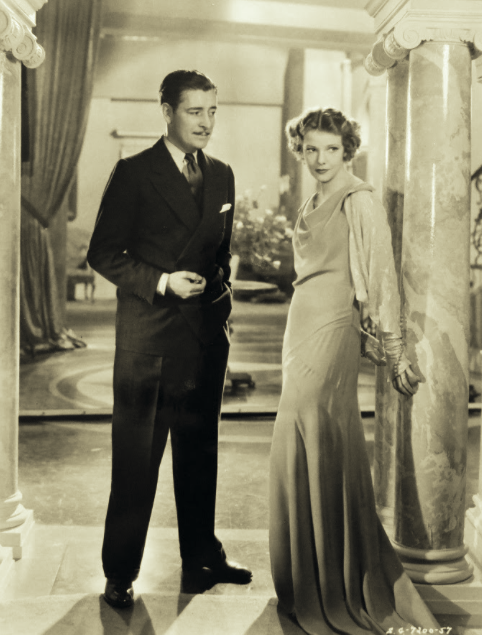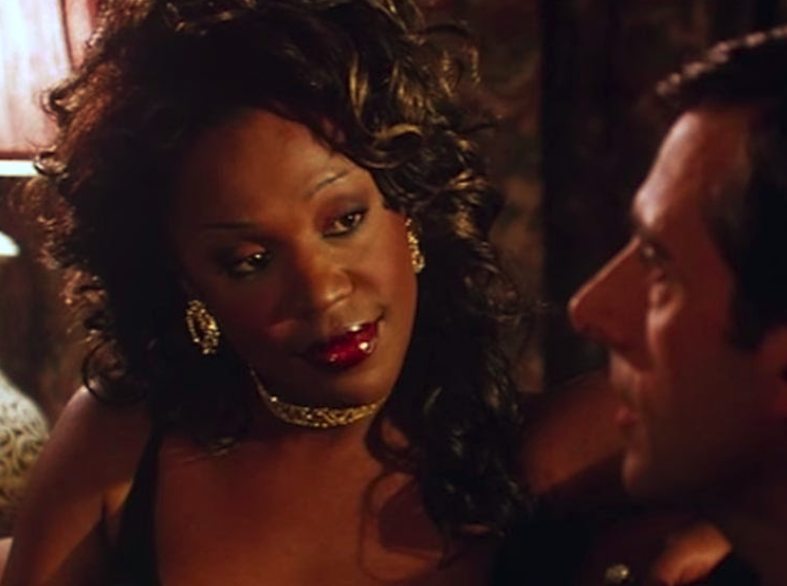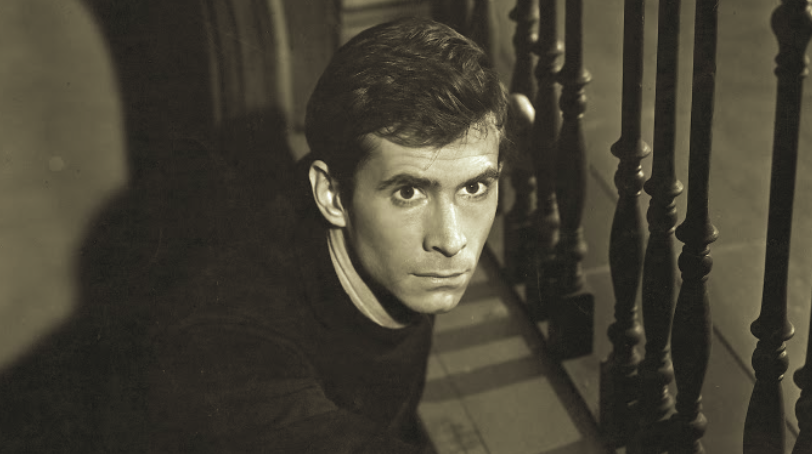Analyzing transphobia in American society through the media: Part 1
by Neha Myneni ‘21
Figure 1: A picture of a group of people with a transgender flag above. Photo by Ted Eyton.
2020 was, to date, the deadliest year against transgender and gender non-conforming people, with the Human Rights Campaign recording 37 transgender and gender non-conforming people who were violently killed. It also marked the tracking of more than 200 deaths since 2013 by the HRC. With such staggeringly high numbers, it is clear that transgender and gender non-conforming people are at greater risk within our society due to a multitude of reasons. The media in particular has played a monumental role in shaping the perception of trangender and gender non-conforming people in our society and it has continued to do so.
The New York Times published an article on the correlation between watching TV and shaping thought processes, political choices, and mental ability concluding with, “The evidence from social science suggests that biased or sensationalist news programs may misinform citizens...and that we should...be cautious.” With this initial basis, it is easy to see the role of the media and specifically TV has had and still has in developing transphobic attitudes and beliefs.
Transphobia can be defined as “A fear, discomfort with, rejection of, or bias towards people who do not identify with their assigned-at-birth gender,” says Lindsay Babbitt, who is the Director of the Outdoor Education program and has taught sections of Health 10 at the Catlin Gabel Upper School. This fear is often created in conjunction with or primarily by the way the media presents transgender and gender non-conforming people.
Some of the earliest American depictions of a transgender or gender non-conforming person were crossdressed people in silent films such as “The Sea Squawk,” “The Masquerader,” and “Meet Me at the Fountain,” even though cross-dressing was illegal at the time. These films mocked femininity instead of uplifting those characters, which caused the trend of cross-dressed people--and later transgender and gender non-conforming people--to be seen as a joke. Treating femininity as a joke was originally due to the sexist beliefs of women and thus feminine behaviors to be treated as lesser, which then affected transgender and gender non-conforming people.
Figure 2: The Sea Squawk
Figure 3: The Masquerader
Figure 4: Meet Me at the Fountain
Continuing forwards in time, sitcoms, short for situational comedies, continued the stereotype that treated transgender and gender non-conforming as a joke. One example of this was in “Married with Children,” where a character who had identified as male arrived dressed more femininely and with a wig. Even the introduction of this character was played with a laugh track, implying that audiences were supposed to see this as a joke. This trend continued in movies around that time including “Mrs. Doubtfire” and “Tootsie,” where a large part of the comedy was derived from a male character dressing more femininely. The joking aspect was due to the same sexist assumption as silent films, even though the movie “Tootsie” also tried to show the prevalence of sexism in American culture.
Figure 5: Married with Children
Figure 6: Mrs. Doubtfire
Figure 7: Tootsie
The stereotype was especially prevalent with Black male comedians, back then and as recently as 2017, with the movie “White Famous.” With the intersection of the racist hypermasculinization of Black men and the stereotypes against transgender and gender non-conforming people being “funny,” Black cisgender male comedians were forced to emasculate themselves by dressing more femininely where the punchline was that they were dressing and behaving femininely.
Figure 8: White Famous
Even though male characters dressing femininely has often been viewed as a joke, female characters dressing more masculinely was often used to deliver a female empowerment message. Some examples of this would be “Just One of the Guys,” “Something Special (Willy/Milly),” and “Victor/Victoria.” This can be seen in direct contrast to femininity being viewed as a joke, as masculinity was seen as a way of gaining power and male privilege.
Figure 9: Just One of the Guys
Figure 10: Something Special (Willy/Milly)
Figure 11: Victor/Victoria
The joking stereotype extended into primarily displaying trasngender and gender non-conforming characters as sex workers, exploiting the fact that transgender and gender non-conforming people in American society may have difficulty finding work, with some consequently becoming sex workers. A prime example of this is in “The 40-Year Old Virgin,” where the transgender or gender non-conforming sex worker was treated as a punchline.
Figure 12: The 40-Year Old Virgin
Sometimes there was humor in “discovering” a person was transgender or gender non-conforming by translating that fact into disgust, as in the case of “Naked Gun 33⅓: The Final Insult,” “The Hangover Part II,” “Family Guy,” and “Ace Venture: Pet Detective.” The primary reason for that transphobic response is purely because of how transgender and gender non-conforming people do not coform to heteronormative standards.
Figure 13: The Hangover Part II
Figure 14: Family Guy
Figure 15: Ace Ventura: Pet Detective
Another stereotype grew alongside this one, where transgender and gender non-conforming people were not seen as punchlines, but instead depicted as criminals, according to GLAAD. The most prominent examples of this are “Dressed to Kill,” “Psycho,” and “The Silence of the Lambs,” where all of the psychopathic criminals were in some form related to gender expression or identity. Alfred Hitchcock, in particular, enforced this stereotype by creating multiple cinematic projects where a transgender or gender non-conforming character was the main criminal, with “Psycho,” as mentioned before, but also with “The Alfred Hitchcock Hour” and “Murder!” This was primarily due to how transgender and gender non-conforming people operated outside heteronormativity, which resulted in them being viewed by the dominant heteronormative American culture as a potential threat.
Figure 16: Dressed to Kill
Figure 17: Psycho
Figure 18: The Silence of the Lambs
Figure 19: The Alfred Hitchcock Hour
Figure 20: Murder!
The final major stereotype used when depicting transgender and gender non-conforming people would be to brutally victimize them, either through horrifically violent crimes or as medical patients where the cause of their problems would in some way be related to their transition or their gender assigned at birth. Some of the more well-known examples were in “Law and Order: Special Victims Unit,” “NYPD Blue,” “ER,” “CSI:NY,” “Grey’s Anatomy,” “Nip/Tuck,” and “Chicago Med.”
Figure 21: Law and Order: Special Victims Unit
Figure 22: NYPD Blue
Figure 23: ER
Figure 24: CSI: NY
Figure 25: Grey's Anatomy
Figure 26: Nip/Tuck
Figure 27: Chicago Med
With all of these negative media portrayals, the larger American public has come away with decades of seeing transgender people as the source of comedy or disgust, as criminals, and as victims, which all served to further dehumanize this marginalized population.
Sue Phillips, the head librarian and advisor to SAFE at the Catlin Gabel Upper School, says, “I think that education and exposure to people are both important steps [to dismantle transphobia]. The more we know about transgender people and their lives, the less likely most of us will be to make assumptions, or project our own fears or insecurities on people who identify as transgender.”
In order to deconstruct these biases, it is important to learn of these negative stereotypes and how they have harmed the transgender and gender non-conforming community to this day.
By being aware of this history, the next step is to understand its correlation to contemporary transphobia and how to dismantle that. Please look for Part 2 of this article, which you can read in the May print edition of CatlinSpeak.



























